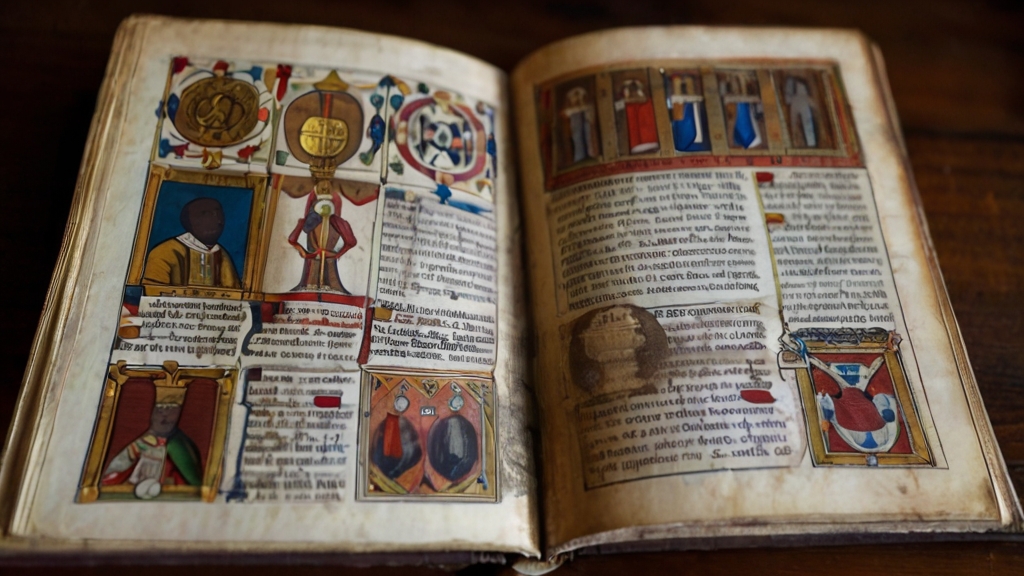
Exploring history often unveils hidden truths and challenges conventional narratives. In a recent investigation into Black European history, several key figures and artifacts have emerged, shedding light on a rich but often overlooked aspect of European heritage.
One such figure is the Duke of Kingston, whose portrayal challenges traditional perceptions. Described as “of a black complexion” in historical texts, the Duke’s existence highlights the diverse racial makeup of historical European figures.
Family crests further contribute to this narrative, revealing forgotten black British and Irish families. Names associated with these crests, like Buller, Morgan, and Pearson, paint a picture of a diverse and vibrant historical landscape, often overshadowed by mainstream history.
Queen Charlotte Sophia of Mecklenburg, with African ancestry, is another pivotal character. Her heritage showcases the diverse backgrounds of European nobility, challenging the notion of a homogenous European aristocracy.
However, history also reveals darker chapters, such as the actions of Thomas Cromwell. Responsible for the destruction of black European history and art, Cromwell’s legacy shaped the narrative of Europe, erasing significant aspects of its cultural and racial diversity.
Yet, artifacts like historical coins and portraits offer glimpses into a different reality. Coins depicting swarthy Europeans, including King George III and Edward VI, challenge conventional portrayals and hint at a more nuanced history.
Even renowned figures like Alexander Graham Bell and William Shakespeare are not exempt from this scrutiny. Bell’s remarks about his baby’s “swarthy complexion” and Shakespeare’s potential whitewashed representations raise questions about the true diversity of historical figures.
In conclusion, uncovering Black European history is an ongoing journey that challenges preconceived notions and calls for a reevaluation of historical narratives. By embracing these hidden truths, we can paint a more accurate and inclusive picture of Europe’s rich heritage.





